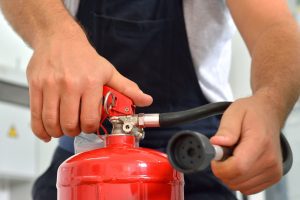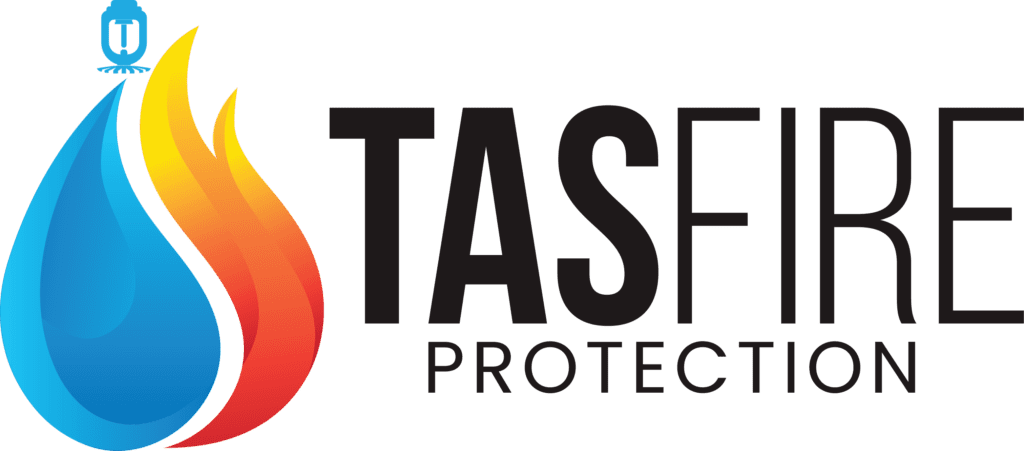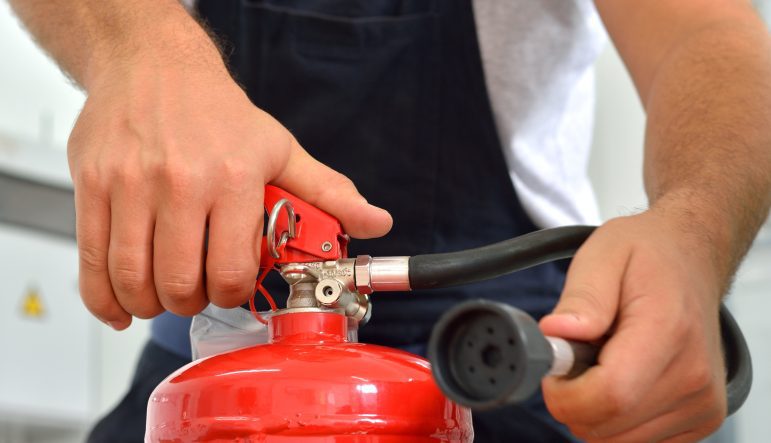Fire Extinguisher Recharge: When and Why You Need It…

Business owners will install fire extinguishers, fire sprinklers, and fire alarms as a part of their fire safety systems since they understand how important these components are. The majority of people think that once the system is installed, it will always be ready when a fire breaks out. However, in order to use the fire extinguisher in an emergency, it needs to be regularly maintained. An extinguisher’s maintenance comprises checking the pressure gauge, inspecting the nozzle thoroughly, and recharging. Here we are discussing the importance of fire extinguisher maintenance and recharging, like when to recharge, how to recharge, the recharging process, etc. Understanding the proper maintenance and recharge of fire extinguishers will ensure the safety of your building.
What is Fire Extinguisher Recharging?
Fire extinguishers are one of the essential safety devices for a building. These are mainly used to suppress small fires by preventing them from breaking out. Extinguisher agents like water, carbon dioxide, dry chemical powder, and foam are used to suppress fire.
After multiple uses, the extinguisher agents diminished, and as a result, it’s possible that the pressure inside the cylinder decreased as well, which would explain why the fire wasn’t effectively put out. Thus, it becomes necessary to refill or pressurise the extinguisher agents in order to recharge the fire extinguisher. It will be restored to its ideal state and prepared for usage in a fire emergency once more after being recharged. The NFPA recommends that the recharging of fire extinguishers be done every seven years, depending on the type.
How To Recharge a Fire Extinguisher?
Recharging a fire extinguisher is a straightforward process that ensures it remains fully pressurised and capable of extinguishing fires effectively. Only a trained professional can perform a fire extinguisher recharge. Fire safety experts can have the knowledge to refill and pressurise the nozzle. Here are the following activities to perform during the fire safety recharge, according to experts:
- Emptying the fire extinguisher gauze by depressurizing: The foremost activity during recharging is to depressurize the current extinguishing agent in the cylinder. This safety process will ensure the efficiency of the extinguisher’s recharging.
- Dismantle the discharge valve: The main step is to inspect the extinguisher components, and then they are to be cleaned. The expert technicians will carefully remove the valve from the cylinder for cleaning.
- Remove or Replace the Internal Components: The expert technicians will inspect the internal parts and then remove them for better service. The components may include a valve stem, spring, tube, etc. They will also check the overall components for corrosion or wear and tear.
- Reinstalling the Valve: Once the valve is cleaned, it should be reassembled with a new one to ensure safety with proper sealing. This step will reveal the performance of the safety officers.
- Refueling the extinguishing agent: The extinguisher is refilled with the exact suppression agent, like water, carbon dioxide, or dry chemicals, based on the specifications related to the business.
- Pressurize the extinguisher: The extinguisher is pressurized with the optimal pressure for the extinguisher. This step is more important and specifies the effectiveness of the extinguisher to suppress the fire.
- Mock Test on Extinguisher: The safety technician will conduct a leak test to check for leakage on the sealing and other connections. After testing, the nozzle is properly reinstalled on the extinguisher.
- Ensure the Proper Weight: The technician will then ensure the extinguisher is of the proper weight so that it can meet the NFPA standards.
- Weighing the extinguisher: The extinguisher is weighed to confirm that its weight falls within the manufacturer’s allowed tolerances. This step ensures the extinguisher meets safety and performance standards.
- Finale tagging: Once the tamper seal is installed, a tag will also be attached to the extinguisher. The tag reveals information on the total weight of the extinguisher, the name of the safety company, the date of the last recharge, etc. This tag is responsible for the safety standards of the extinguisher.
Now, the businessman can understand that it is vital to maintain the fire extinguisher for safety. Only a recharged and proper fire extinguisher can ensure the safety of the building. When the fire extinguisher reaches its recharging time, you have two options: recharge or replace. Let’s hover over the difference and its significance.
When will the Fire Extinguisher Recharge?
The best option for safety is to recharge a fire extinguisher at the right time.
- If the canister and exterior shell of the fire extinguisher are in perfect condition.
- If your fire extinguisher releases a small amount of pressure.
- The NFPA recommends a recharge every 6 years, depending on the type of fire extinguisher.
When will the Fire Extinguisher be replaced?
For some other reason, it is better to replace the current fire extinguisher with a new one. Let’s explore the reason for that too.
- If the canister’s charge is gradually depleting.
- If any other components suffer damage.
- If the inspection tag is absent.
- When it becomes the more cost-effective option.
- Once every 12 years.
Cost to Recharge Fire Extinguisher
The cost to recharge a fire extinguisher refers to the payment associated with restoring the operational effectiveness of a fire extinguisher after it has been discharged or partially used. Recharging involves the process of refilling the extinguisher with the appropriate extinguishing agent, inspecting and replacing any damaged components, and conducting necessary maintenance to ensure its proper functioning.
The fire extinguisher recharge cost can vary depending on various factors, including the type of extinguisher, its size and capacity, the location where the service is obtained, and the provider or service technician performing the recharge. Typically, the cost includes the price of the extinguishing agent, labor charges, and any replacement parts or additional services required.
Where to Recharge Fire Extinguisher
Recharging a fire extinguisher is a critical maintenance task that ensures its effectiveness in suppressing fires. When a fire extinguisher has been used, its contents and pressure are depleted, making it necessary to recharge the device. The process involves refilling the extinguisher with the appropriate extinguishing agent and pressurizing it to the required level.
Being the top provider of fire suppression Systems in Southwest Ranches, TAS Fire offers all kinds of installation and maintenance of fire safety systems, including the fire extinguisher recharge process. The trained expert from TAS Fire Protection will inspect the protection devices and perform the necessary steps to ensure the safety of your building.
Contact Us (905-870-7779) for a Free Consultation!
—

About TAS Fire Protection
TAS Fire Protection offers comprehensive and cutting-edge fire, security, and electrical services to clients with residential, commercial, industrial, or high-rise properties. Our team of highly skilled professionals has years of experience in installing, maintaining, and inspecting fire, security, and electrical systems and equipment.
> Learn More

